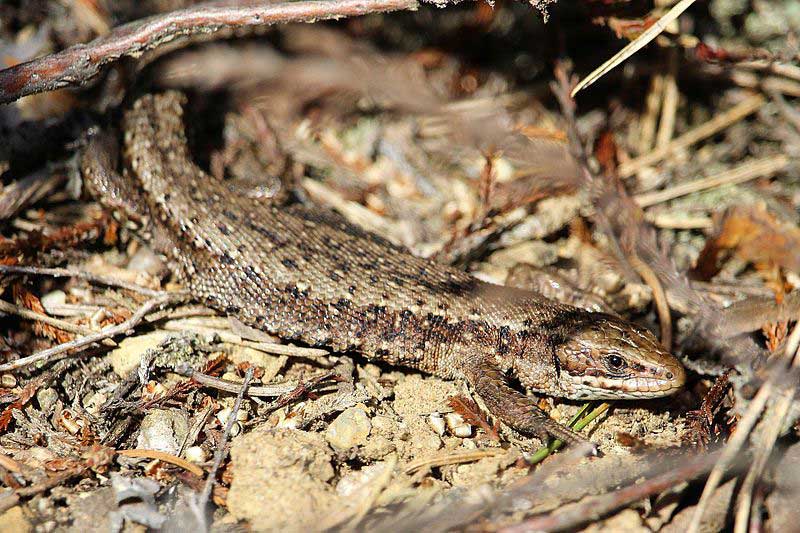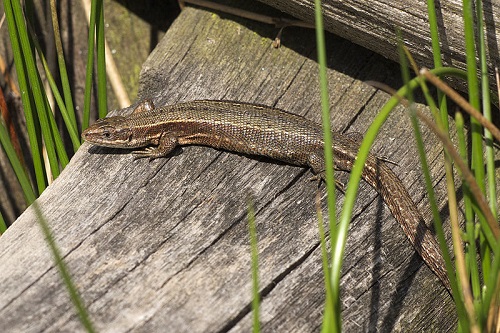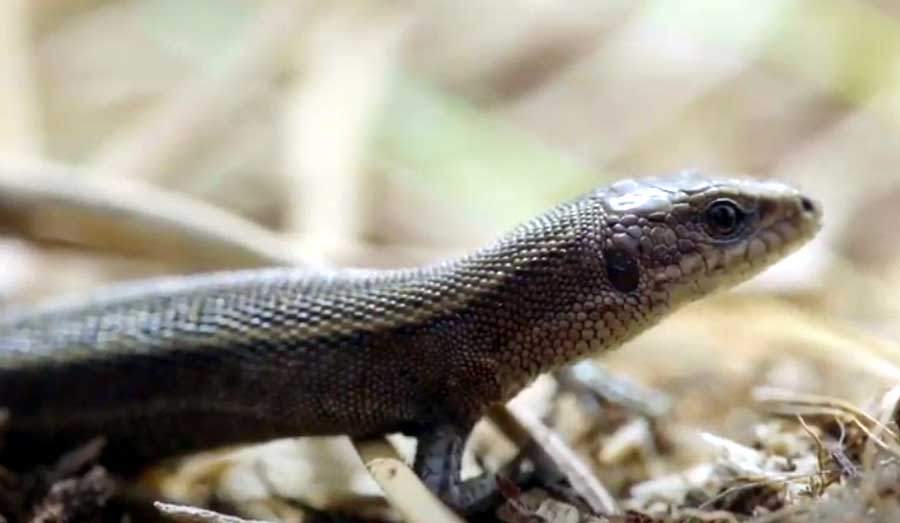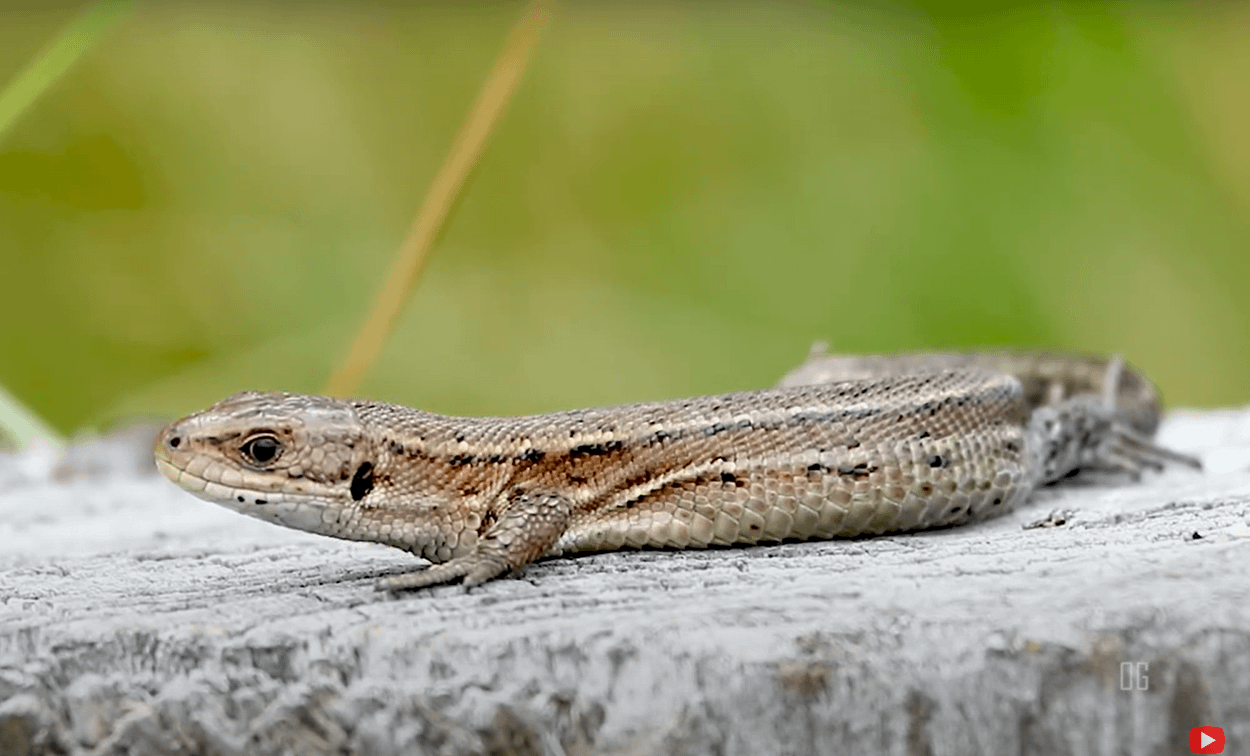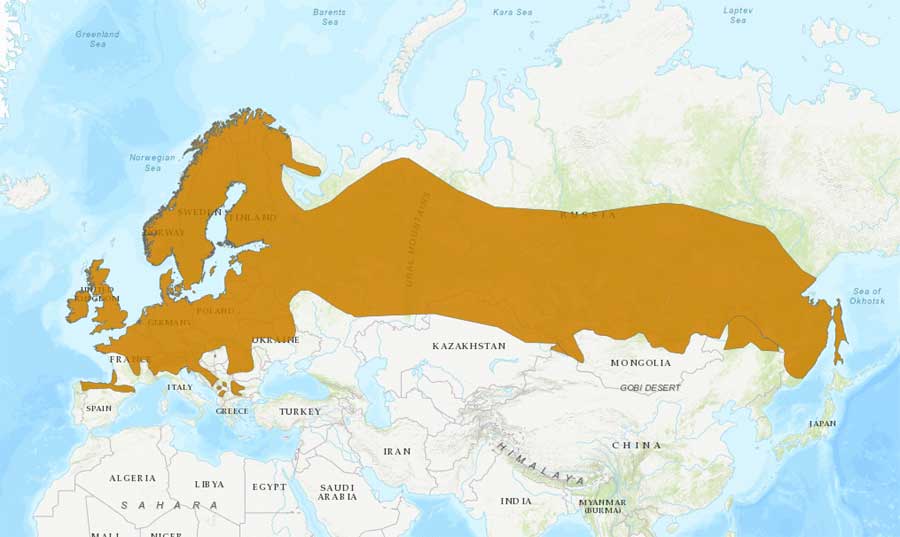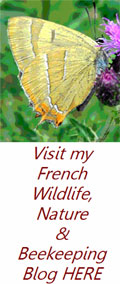Common or Viviparous Lizard
Zootoca vivipara
Lézard Vivipare
The Common or Viviparous Lizard
They are to be found in most parts of France although they are completely absent in many parts of the south west and the Mediterranean coastal band.
They prefer a moist or wet habitat,
such as found with marshland, damp leaves, wood debris, wet ditches and are also frequently to be found near to an actual source of water where they enjoy swimming. In spite of this fondness for damp conditions, they sun themselves on tree stumps and similar surfaces, frequently in groups and will often be seen returning to their favourite spot. Hibernation takes place from October until March, although they often emerge for short spells during warmer periods. Sometimes during this period large groups can be found together under logs, large rocks or in other cavities.
Diet - Regime alimentaire
Food is varied and is comprised of insects, grubs, worms, and it also seems that they will take bees and wasps without fear of being stung, having grabbed their prey they shake it hard and then eat it whole.
Reproduction takes place between April and June
and although males will attempt to defend a territory, the females will frequently couple with several different males during the course of a day. The young, which number between 3 and 15, are produced around three months later, and are born in an egg membrane which they normally break out of at the same moment as birth, although this can take up to three days. When born they are able to fend for themselves immediately without any assistance from their mother.
The sub species Zootoca vivipara louislantzi which is found on the Pyrenees and south-western plains (Landes de Gascogne, including the extreme west of the Gers), is distinguished specifically by the particularity of not being viviparous but oviparous! (females lay eggs incubated in the natural environment).
